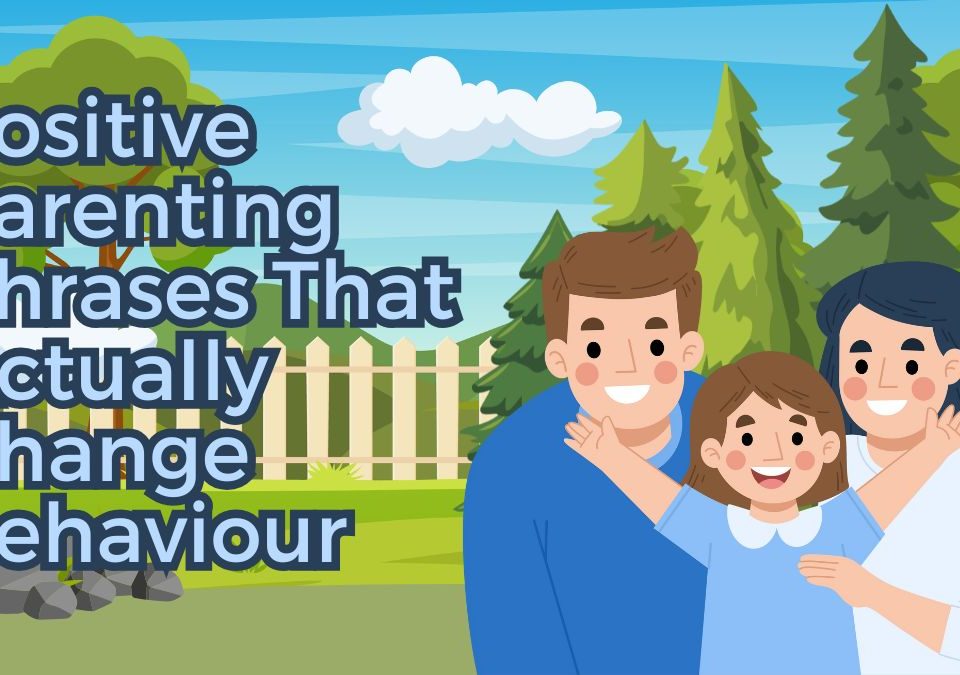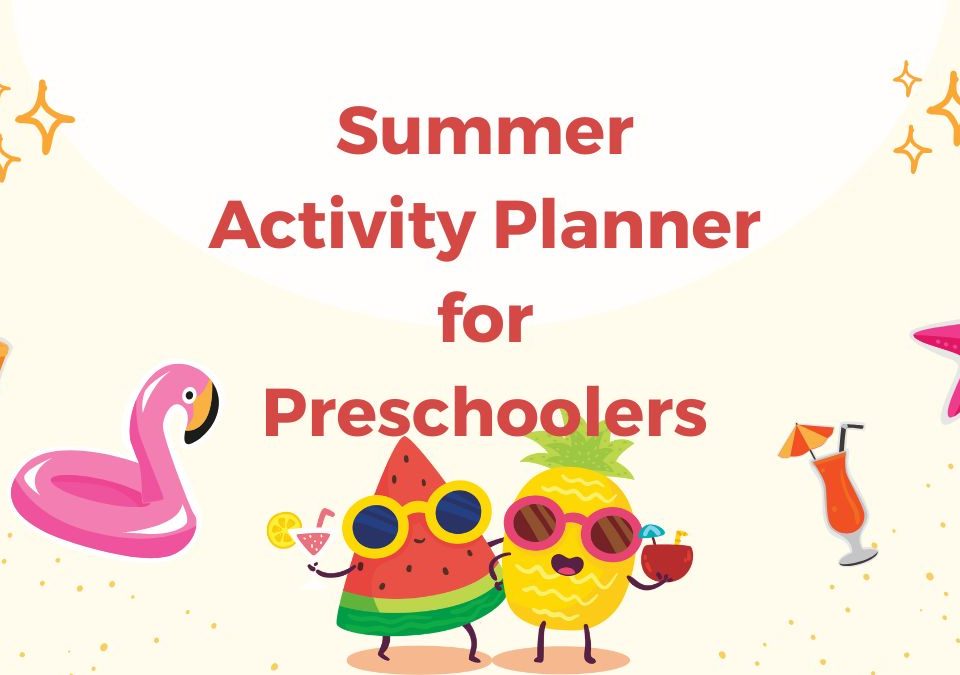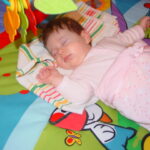
Is 3 months old too young to play?
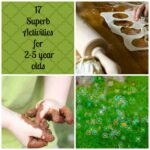
17 Superb Activities for 2-5 year olds
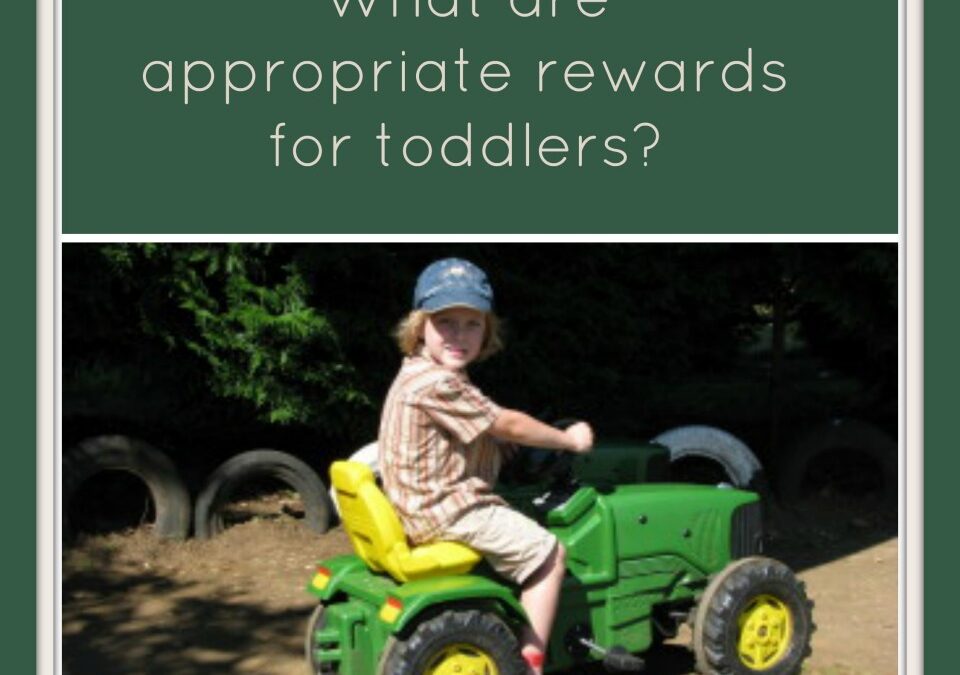
This question was recently posted on a social networking site I visit; “Just wondering if anyone has ideas for rewards/treats for a 3 year old boy? We’re using a rewards sticker chart but I don’t want to just give him chocolate every time.. Thinking activities or toys or something like that..”
Being a fan of positive reinforcement that does not involve food , I thought that perhaps this might a topic that is of interest to other mothers out there.Age 3 is a good age to begin using rewards to illicit the desired behaviour from your little person.
In order for rewards to work they have to meaningful to the child involved. It is a good idea , even with a 3 year old, to discuss what rewards they would like to work towards. They often surprise you with the sweetness and simplicity of their suggestions.
Rewards for toddlers
- One reward system is to provide your child with a sticker chart. Decide how many stickers need to be earned before a reward is given. I like to simply draw dots-to represent the number of stickers to earn- on an A4 piece of coloured paper. Then , each time a sticker is earned, your child sticks a sticker over a dot. When all the dots have been covered, you and your child can see at a glance that they have achieved their goal and are due a reward. This is especially helpful with younger children who may not yet have a good grasp of number.
- A jar of buttons/pebbles/marbles: Every time your child does something positive or demonstrates the desired behaviour, add an object to the jar. It may be helpful to draw a line on the jar as the target so that your child can see when he has filled the jar to the reward level. * If your child is older, you can remove items when they display negative or undesired behaviour which then delays the giving of a reward and may serve as an extra motivator to your child to behave positively.
I took some time to sit with my 3 children and asked them what rewards they think would be good and we wrote them down together. I then typed them, printed onto card and cut them into strips. They are then placed into a tub and when one of the children reaches their target, they randomly pull a card strip out and that is the reward.
You could get them to pull the strip out and attach it to their chart in advance so that they know what they are aiming for, or leave it as a surprise for them to pull once they have reached their target.
You could create a tub for each child or have one for all of them, depends on the ages and preferences and even gender of your children.
Here is a little list of rewards to start you off:
- 30 minutes of Lego building with parent of their choice
- baking with parent of their choice
- playing football/cricket with parent
- going shopping with parent
- having a mini spa day with mum
- reading an extra book at bedtime
- 30 minutes on the iPad (or other electronic device)
- outing to a park
- outing to a soft play space
- an arts and crafts activity with parent of their choice
- a movie night/afternoon (at home or at the cinema)
- inviting a friend for a play date
- inviting a friend for a sleepover
- getting a new book
- a toy from the pound shop
- a trip to a favourite restaurant
Download a printable list of rewards here Rewards
It is really lovely to try to incorporate rewards that involve time rather than cost. My children are always pleased to earn extra alone time with my husband or myself because it means they have your undivided attention (something that can be tricky to provide when you have more than 1 child). It is also a reward for parents as you get to know that child as an individual and have real quality time together.
There is a place for edible treats in the reward system, especially if your child does not have these things often. I like to disassociate food and treats with rewards as I think it is a healthier outlook to reinforce in our children. I’d far rather my child goes for a extra playtime in the park, than having a sweet that lasts 30 seconds and has had no benefit to his emotional and physical well being!
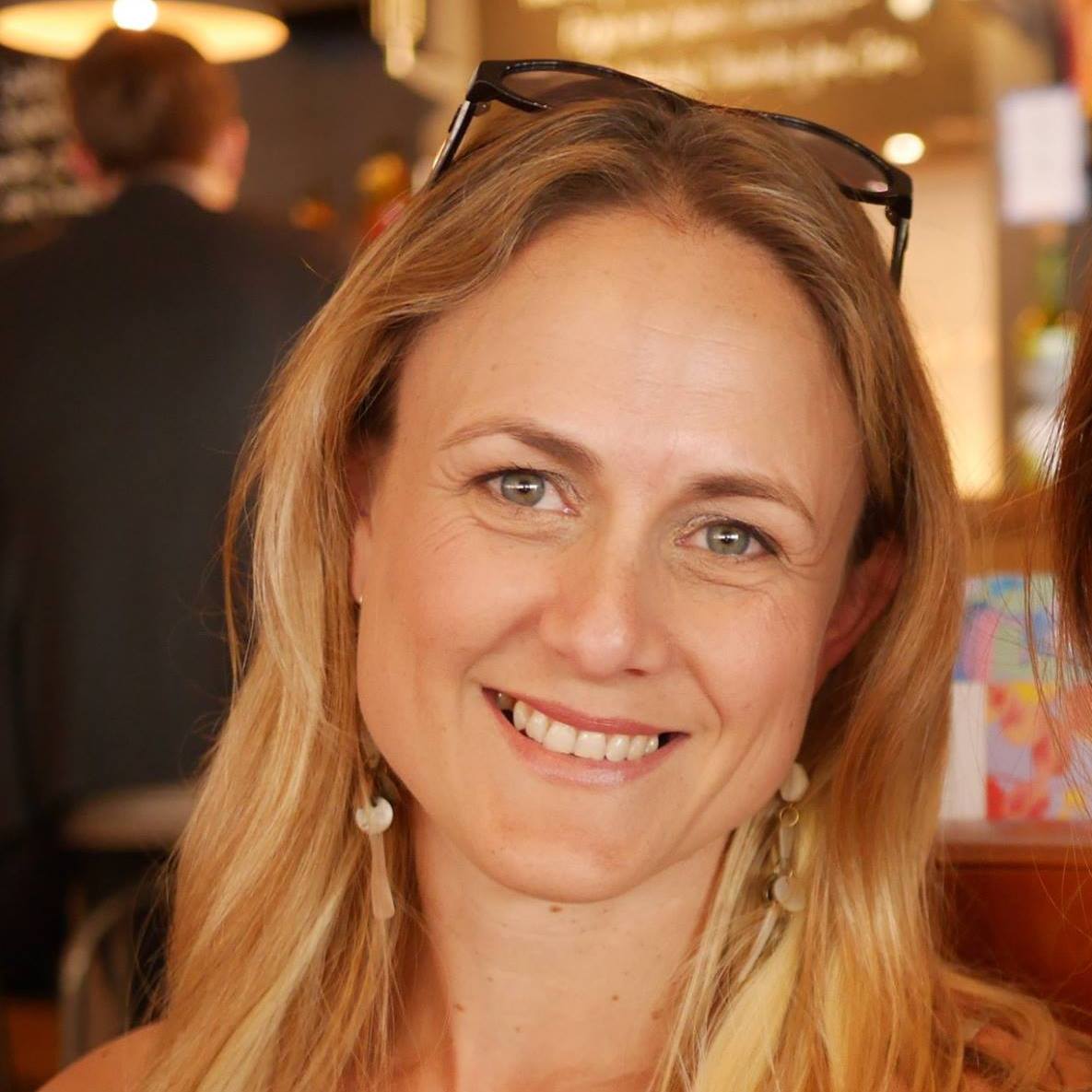
I am a preschool and primary school teacher and mum to 3 children. I have been involved in education since 1997 and have trained in a variety of educational specialist areas. It is with this expertise that I write articles to help parents and educators provide quality learning experiences for the children in their care.


